Welcome to a brand new series! We’re asking some of our favorite fly-anglers (and friends) to drop their five most essential flies and why they always have them on the water. It’s a great way to not only expand your arsenal but also a great way to get into the mind of someone who truly knows what they’re doing.

Speaking of knowing what they’re doing, Landon Brasseur is a great way to kick this series off. As a fly-fishing guide in the Catskills and a close friend of our team, Landon has hauled massive fish out of waters across the U.S. and beyond, and has a great way of articulating why he chooses the flies that he chooses. So, without further ado, here’s fly guide and overall good guy Landon Brasseur’s 5 Essential Flies.
__
Kill Them With Caddis
One of the first flies I ever caught a trout with was a caddis fly. Since then, I’ve tied different variations and one thing I’ve figured out is that I hate working with elk hair and deer hair. I don't like it. It's tough to work with. It just sucks. So I decided to figure out a really good caddis pattern and it’s like a guide fly and I called it Kill Them With Caddis—it’s a play on “kill them with kindness.”
It gives off a really buggy silhouette and it floats so well without a lot of maintenance—no floatants and powders, and all that. In the past two months alone, I’ve watched this thing be eaten by so many big fish and fish that are known to be incredibly picky, especially the browns in the West and the East Branches of the Delaware River. I was throwing one of these in a size 16 to an East Branch brown trout that had been rising for the past hour with a 17-foot leader. It passed over the fish and he turned and chased it downstream. Watching that happen was incredible. I've never seen that happen with a fly on that river before.
When I started to use it more, I had old guys telling me, "You can't catch these fish with Caddis on this river. You got to use these tiny mayflies. They're so picky." I'm telling you, it just works. It's an amazing fly. It's durable. It holds up to all-day use. One fly I used had 15 fish on it in the afternoon. I never changed it. Never did anything to it. I just kept using it until it literally fell apart. It's really easy to tie as well. It's some super fine dubbing, a little bit of CDC, some trigger point EP fiber for the wing, and a tiny bit of hackle that finishes off towards the head.
Barely Legal
I'm a big fan of Kelly Galloup's Barely Legal conehead streamer. This streamer has done really well this past year, especially during rainy times like we're having right now. It's mainly just marabou and chenille. There’s not a lot to it. It's an articulated fly and has a tapered profile, which makes it look really fishy. The fly just dances in the water. It looks so good. And again, with this fly, I've seen some very hesitant fish chase this thing all the way to the boat. When you're fishing with a dead drift, I've watched fish circle around it watching it, almost like they don't know what to make of it. One final little bump on the line and they just hammer it.
It comes in several color colorways. I happen to find that white and gray work really, really well. I've tied it brown and yellow as well and that does the trick up here on my local water. But the white and gray really takes the cake in that one. It looks like an injured, dying baitfish when it’s being dead-drifted and swung. It's just a great pattern.
Moonshine: Are you mainly targeting larger fish with that one?
I've tied it myself in several different sizes ranging from pretty small to what Kelly Galloup sells it on his website, which is a size one. That's pretty big, so you'll get some bigger fish to eat it, but I've had some very ambitious eight-inch brown trout on that thing. It's roughly between three and a half and five inches long, so it's generally a big streamer for trout. Smallies tend to like it too. I've had a lot of luck with smallies recently with that one.

I have a trip tomorrow and I'm going to use it myself because we just got a huge bump in the water. You throw one of those when the reservoir is spilling into the river and you get these alewives that are basically white and gray in color, and that fly does some amazing stuff. I've watched big fish come hit those, bouncing them off the bank in that river.
Catskill Cannonball
My next one is the Catskill Cannonball. It’s a nymph that was created by my buddy, John. It's very, very buggy. It's like a hare's ear variation. It's not super flashy, even though it's beaded with a gold bead. I like to tie it with squirrel because it looks a little bit buggier in my opinion—some squirrel dubbing with a red ribbing and red thread, which is how it's done originally, or you could use a red wire. It has a very tapered body, starting out very fine to a lot thicker.
I use a normal hook with this one. The bead sits back a little bit from the eye of the hook and there's some golden pheasant tail that goes over the bead, so half of the bead is actually covered. So again, it's not super flashy looking, but you still get some weight. There's a little drop of UV resin over the top to give it a bit more durability and some red thread ties it off at the eye. It's a really great variation to a hare's ear. I've used it all over the country and the results are the same everywhere. It's caught everything—browns, ‘bows, brookies, cutthroat, cut bows. I even had a palomino on one. It's a good one. You'll find in my box by the dozens.
Frenchy
The next one is similar. I carry the Frenchie in all sizes, shapes, and body materials. I hardly ever throw normal pheasant tails anymore. It's all Frenchies for the most part and that includes the traditional colorway with the pheasant tail body, gold wrap, red thread, and gold bead. I’ll even tie really tiny ones in sizes 20 and 22 for when I'm fishing for BWOs.
Are you using the jig head hook on it?
Yeah. That is definitely one I run with the jig hook.
Why do you think the Frenchie is superior to the pheasant tail?
I think the contrast of the hotspot with the rest of the body really triggers a lot more strikes than the regular pheasant tail. Not that the pheasant tail is bad, but I love running a Frenchie with a jighead on the Moonshine Epiphany. You get hung up far less with those jig hooks and you're losing a lot fewer flies because of it too.
Sex Dungeon
My last one, which is kind of controversial due to the name, is Kelly Galloup’s Sex Dungeon, which I’ll just refer to as the Dungeon [Laughs]. It’s inappropriate. This fly was the first big, articulated streamer I ever used. I remember I ordered my first one and the materials to tie them from the Slide Inn. Again, I hate dear hair, I really do, but I love tying this fly. It's super fun to tie. I've tied a few for the guides who work with Moonshine, just for fun.
It's not a super easy one.
No, it's not super easy. But, once you get the technique down for the head, it's not too bad. I can tie the Dungeon in probably less than five minutes, but up here in the wintertime, there's not a whole lot to do. I usually tend to tie it a little heavier because I don't use a lot of sink tips and I like to get those down lower in the water column. Personally, I find the mini Dungeon works better than the normal-sized Dungeon. At least in my area up here, it's a little bit more true to size for the baitfish I see around.
That fly works for everything. I've caught trout, bass, pickerel. I even had a small pike eat one not that long ago. The head moves and displaces so much water, even in that mini size. It's such a good fly. I've had very ambitious little trout in the six-inch range try to eat one of those mini Dungeons. You hold the fish up to the fly and you're just laughing. It's three-quarters of the size of the fly [Laughs].
For the mini Dungeon, I like to run a dual rig. I'll take a seven-weight and throw two of them about 12 to 16 inches apart and run it the same way I run my Euro rig, where I run the top off the bottom a tad in contrasting colors. I'll do a black and a white or an olive and a yellow or a brown and a yellow. I tend to throw that at some point in the day. What happens is you've got your two little bait fish displacing so much water and when the fish get riled up, when they see something chasing something else, they all tend to get involved. Once they all start moving, they all get crazy. The double streamer really induces that.
When I go out streamer fishing, it’s the Dungeon and the Barely Legal. Those are my go-to’s. I was actually out on Saturday morning with some friends. They took me to some private water, the water was higher than normal, and I break out the streamer box and they start laughing. We all want to catch fish, but I want to catch a specific fish. These guys are laughing at my streamer box and, meanwhile, the fish were moving with them. They said, "We didn't think anything that big was in here." You start throwing some really big stuff and you're going to see some big fish.



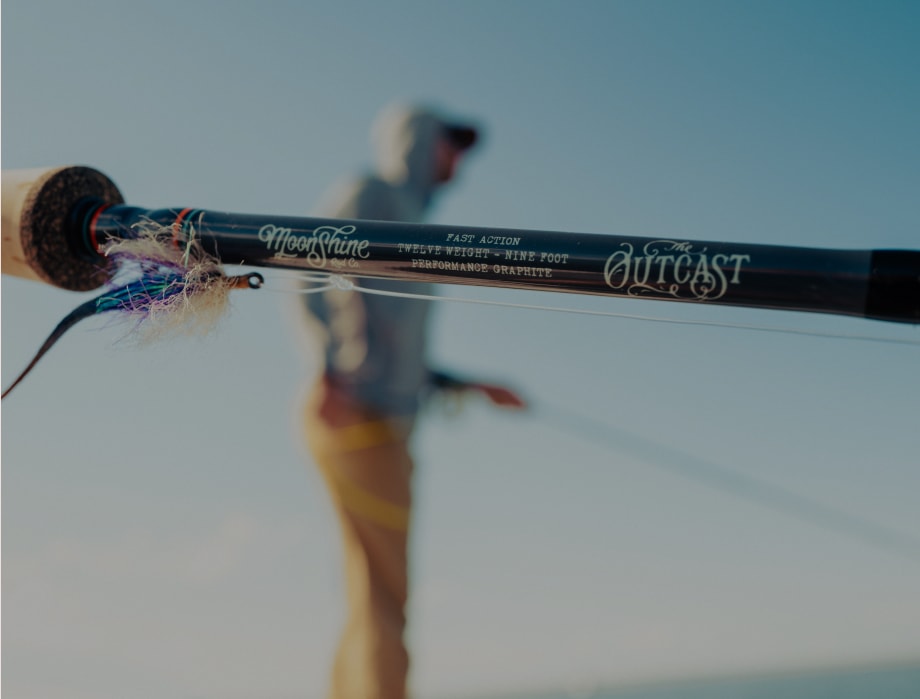
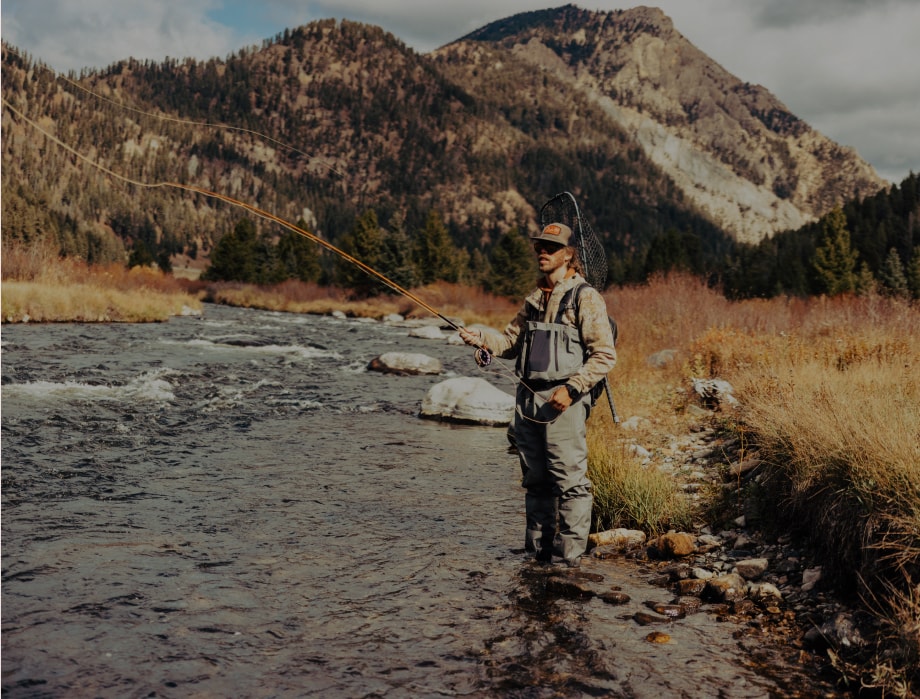
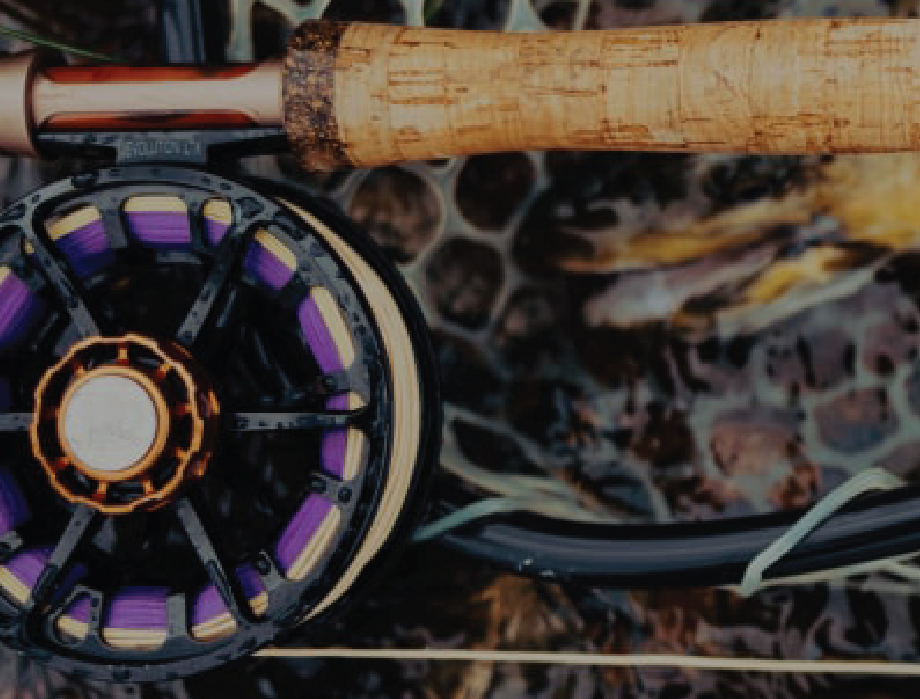


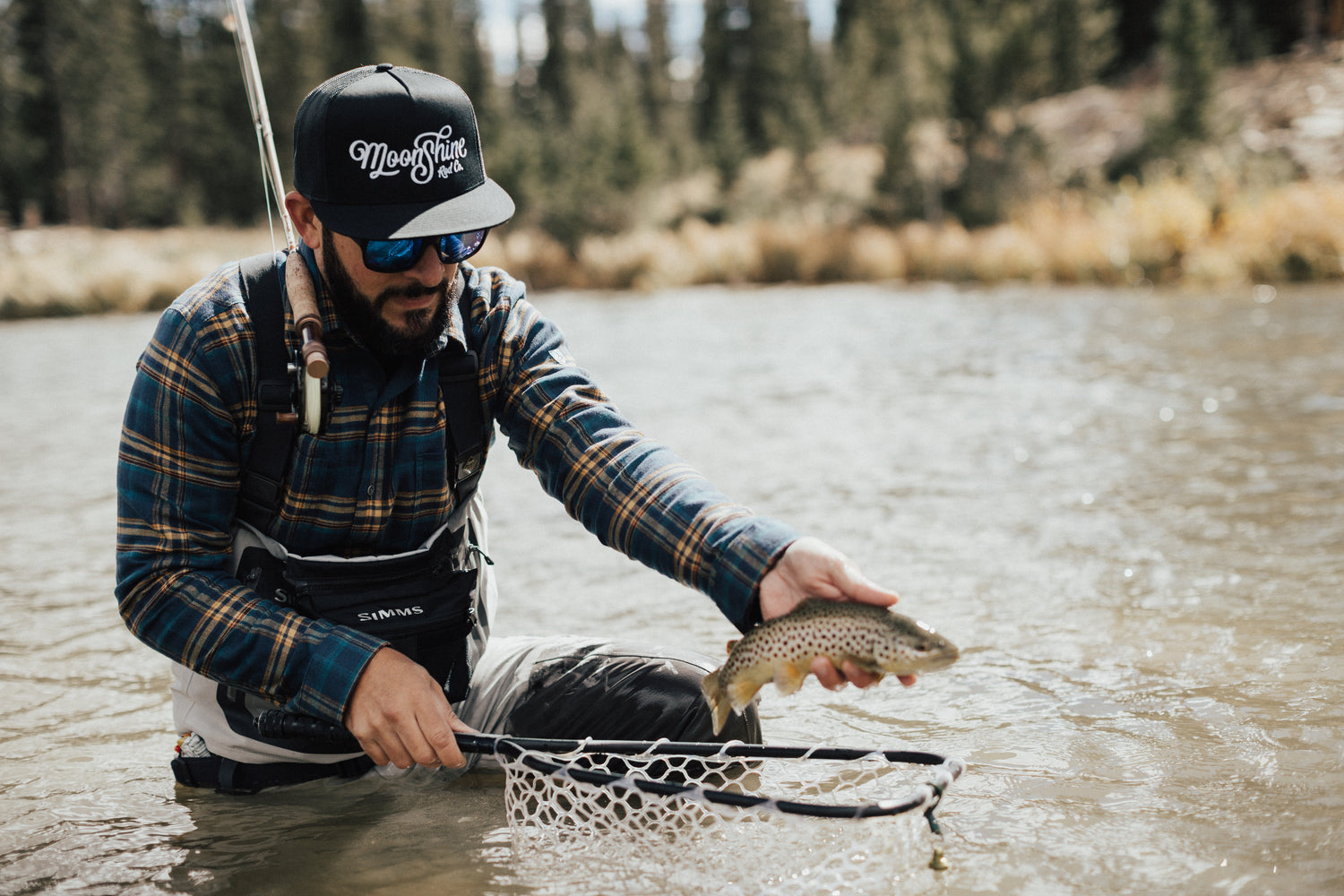
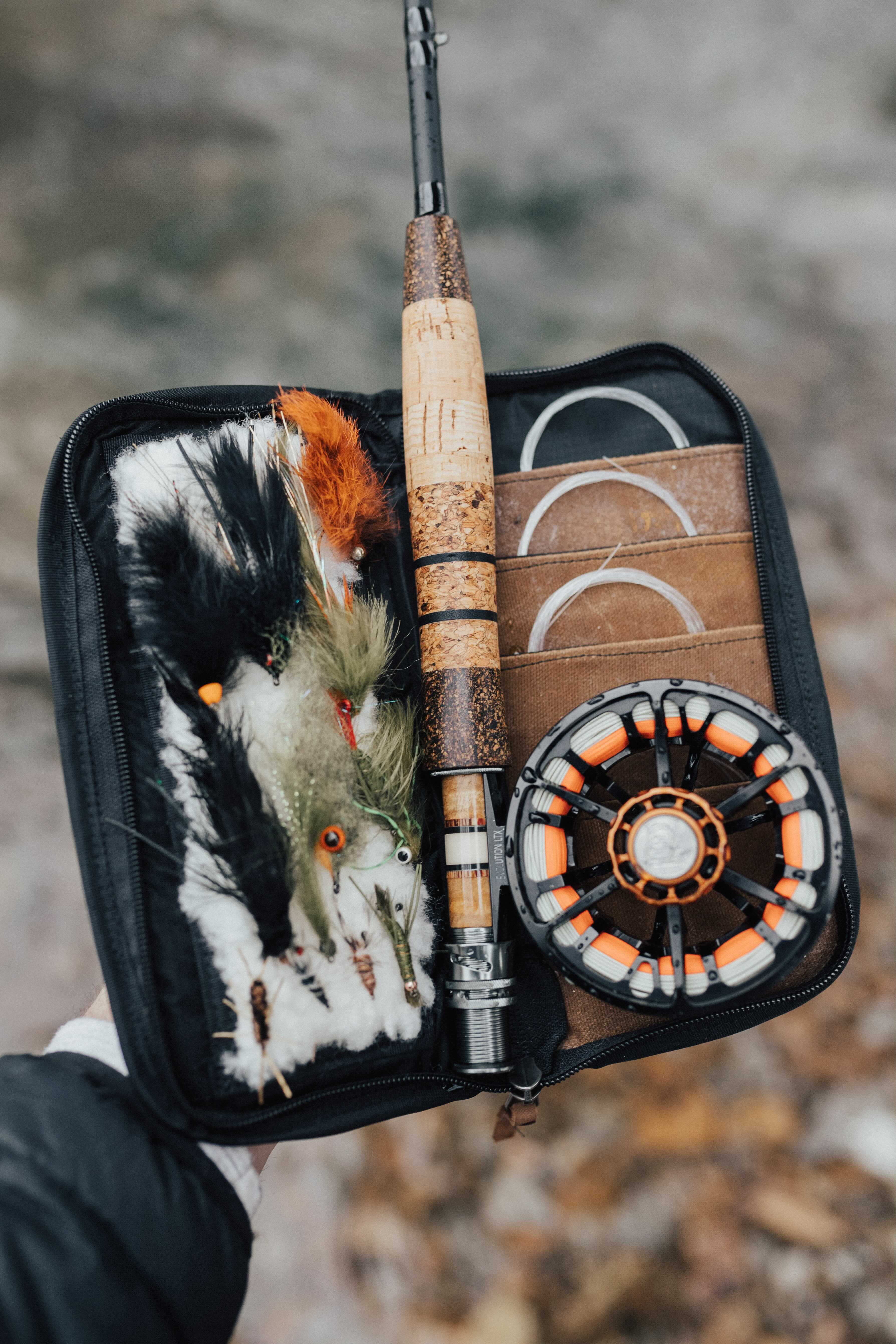
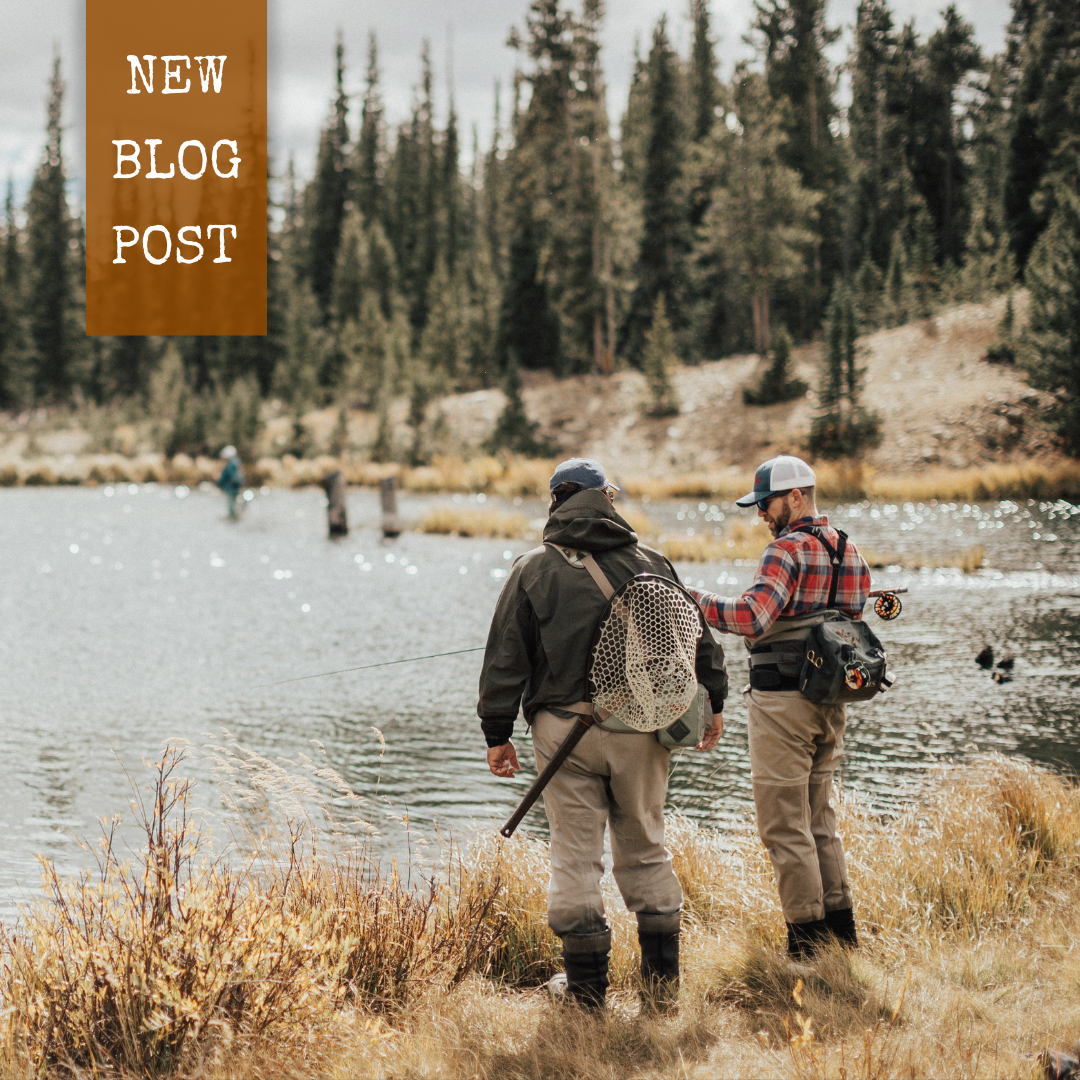
Leave a comment
All comments are moderated before being published.
This site is protected by hCaptcha and the hCaptcha Privacy Policy and Terms of Service apply.